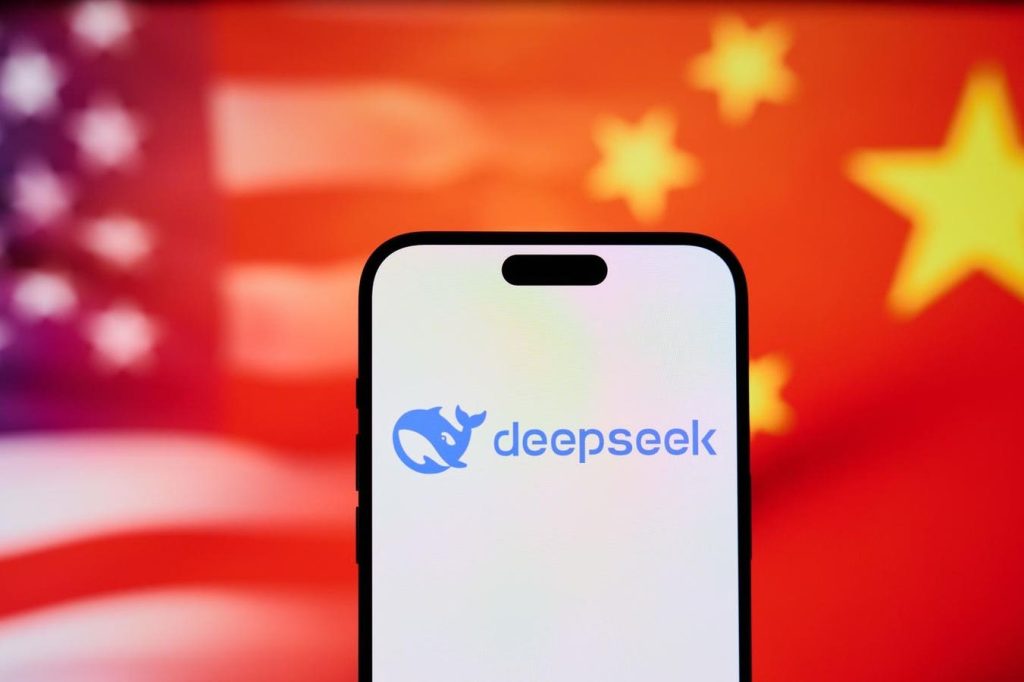DeepSeek: A Chinese AI Marvel Sparks Security Concerns and Calls for Vigilance
The emergence of DeepSeek, a Chinese-developed AI model boasting capabilities comparable to those of leading American tech giants, has ignited both excitement and apprehension within the national security community. While some celebrate its potential, others warn of significant security risks associated with the app’s data handling practices and potential links to the Chinese government. This burgeoning controversy mirrors the scrutiny faced by TikTok, another Chinese app that has drawn criticism over data security and potential influence from Beijing.
DeepSeek’s privacy policy explicitly states that user data, including sensitive information like keystroke patterns and IP addresses, is stored on servers within China. This raises concerns given the Chinese government’s extensive authority to access data held by domestic companies. Security experts, like Chris Herndon, former cybersecurity lead for Donald Trump’s presidential campaign, have likened DeepSeek to "the new TikTok from a security perspective," highlighting the potential for data exploitation and surveillance. While no concrete evidence of data sharing with Chinese authorities exists, the potential for such activity remains a significant worry.
Rob Lee, research chief at the SANS Institute, a cybersecurity training organization, emphasizes the lack of user control over data within DeepSeek. Unlike competing AI models, DeepSeek provides limited options for data deletion, restricts user control over data usage in model training, and offers little transparency regarding data handling upon account deletion. These practices raise red flags about potential misuse of user information and the possibility of data breaches. A recent incident involving a publicly exposed DeepSeek database containing chat histories, user logs, and potential account access keys further underscores these concerns.
Beyond data security issues, DeepSeek’s content moderation practices have also come under scrutiny. The model reportedly avoids answering questions on topics deemed sensitive by the Chinese government, such as the Tiananmen Square incident, raising concerns about censorship and potential bias. Moreover, cybersecurity researchers have demonstrated the ability to manipulate DeepSeek into generating malicious code for stealing credit card information, highlighting the potential for misuse by malicious actors.
In response to these concerns, the U.S. Navy has prohibited its personnel from using DeepSeek, and the White House is reportedly evaluating the app’s national security implications. Experts anticipate similar restrictions within the Pentagon. The primary concern revolves around individuals with security clearances unknowingly downloading the app and inadvertently exposing sensitive information. This mimics the concerns raised about TikTok and its potential access to user data, leading to calls for increased vigilance and stricter regulations.
While some advocate for outright bans on DeepSeek, others, like Senator Ron Wyden, argue that such measures are impractical and ineffective. Given the open-source nature of DeepSeek’s model, copies are readily available and easily distributed, making enforcement of any ban challenging. Wyden suggests that instead of focusing on bans, the U.S. should encourage greater open-sourcing of AI models by American companies, enabling researchers and the public to scrutinize them for potential vulnerabilities and biases. This approach, he argues, would allow for greater transparency and accountability within the AI development landscape while fostering innovation and competition.
The debate surrounding DeepSeek underscores the complex challenges posed by rapidly evolving technologies, particularly in the context of national security and data privacy. Balancing the potential benefits of AI with the risks of data exploitation and foreign influence requires a nuanced approach that prioritizes both security and innovation. The ongoing discussions about DeepSeek serve as a crucial reminder of the need for robust oversight, transparency, and international collaboration in the development and deployment of AI technologies.


